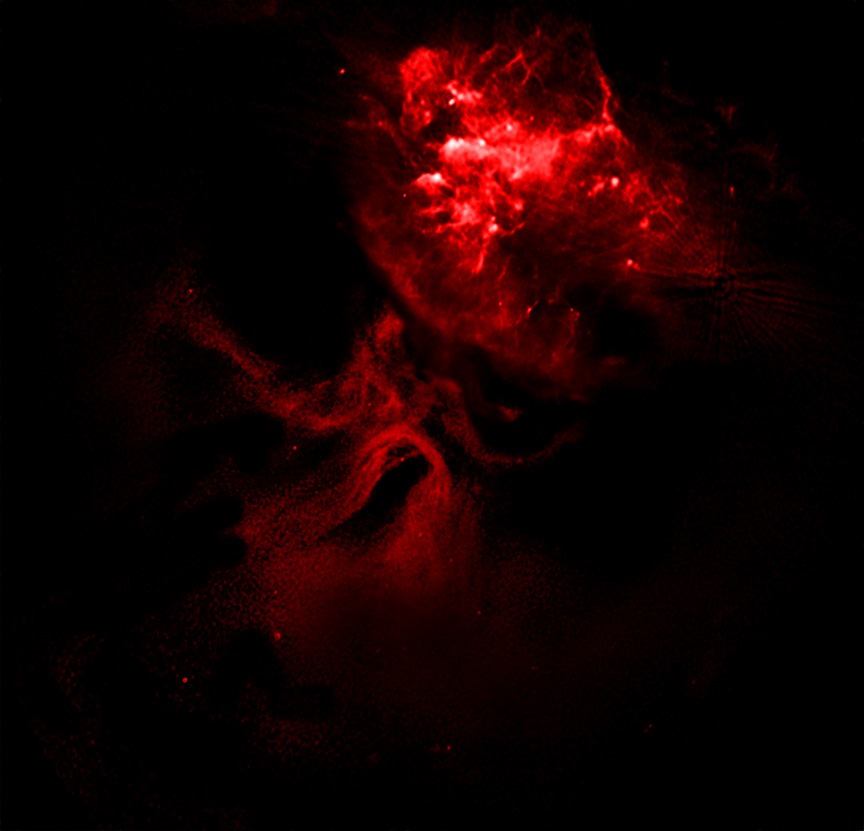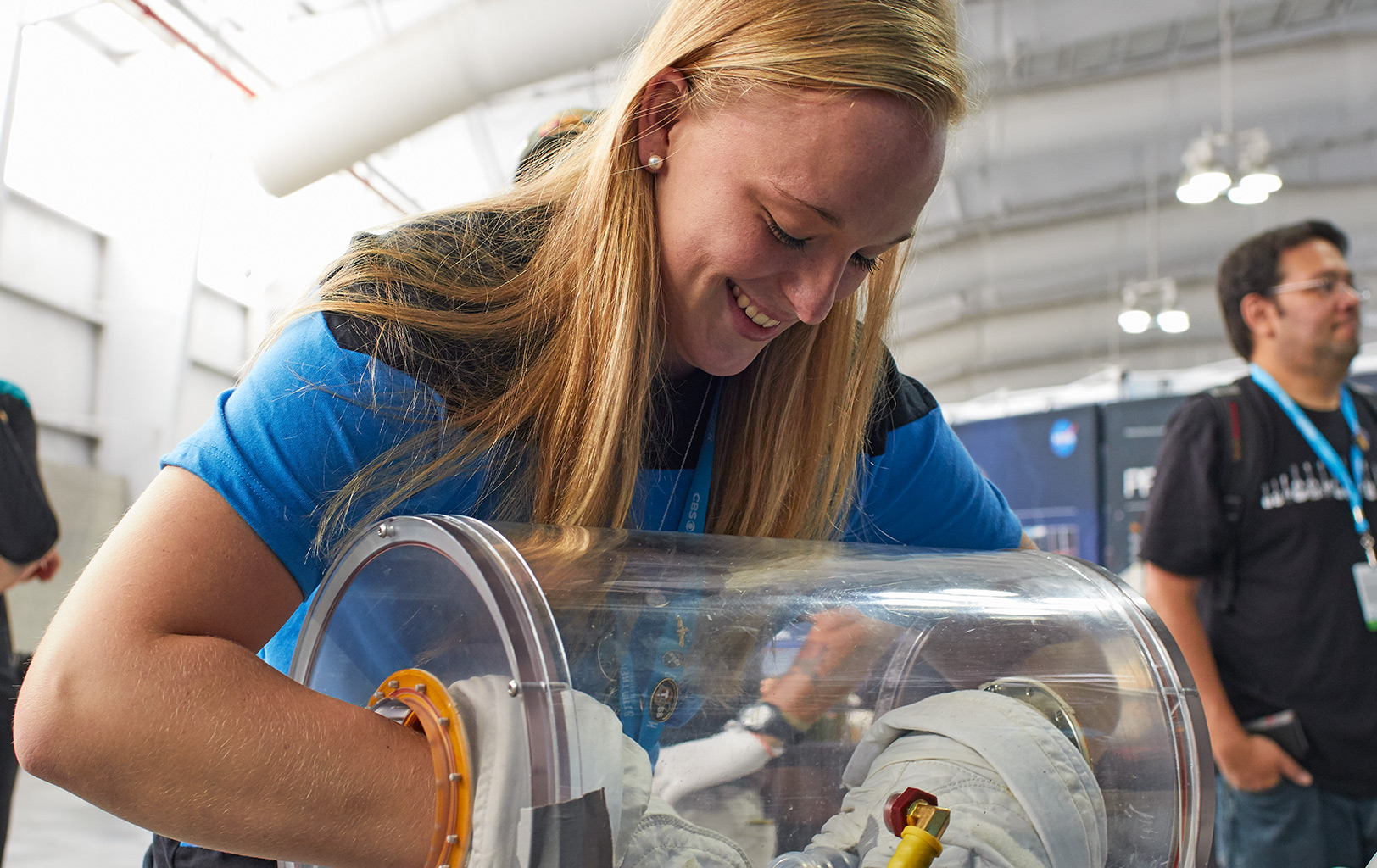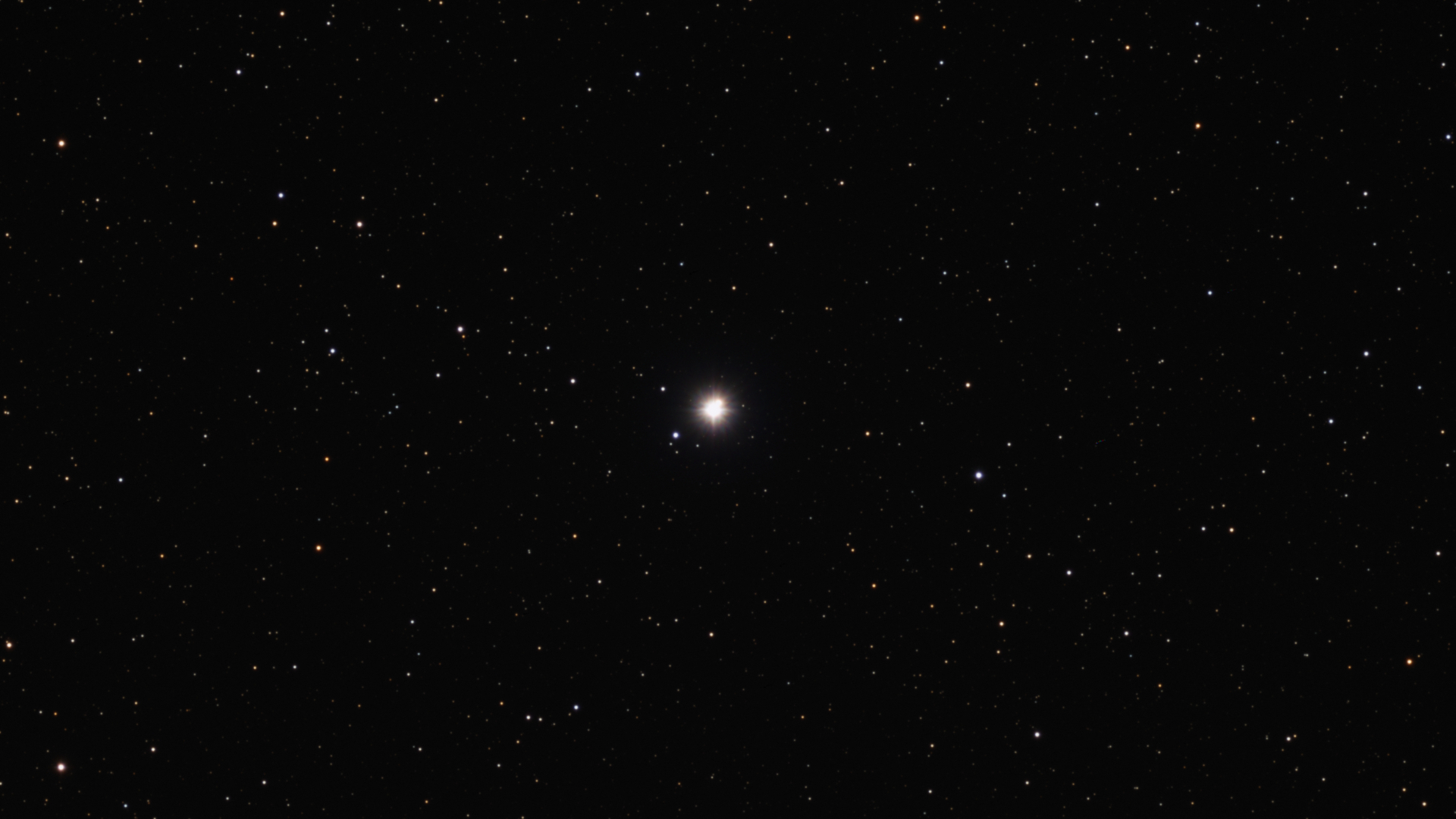Supernova blast sculpts ghostly hand-shaped nebula in the cosmos (video)
An image from NASA's Chandra X-ray observatory shows a glowing hand stretching across the cosmos with its palm and fingers sculpted from the wreckage of a massive stellar explosion.
A glowing hand stretches across the cosmos, with its palm and fingers sculpted from the wreckage of a massive stellar explosion.
The eerie structure is part of the nebula MSH 15-52, powered by pulsar B1509-58 — a rapidly spinning neutron star that is only about 12 miles (20 kilometers) in diameter. By combining radio data from the Australia Telescope Compact Array (ATCA) with X-rays from NASA's Chandra X-ray Observatory, astronomers created a new view of the nebula, which spans over 150 light-years and resembles a human hand reaching toward the remains of the supernova — formally known as RCW 89 — that formed the pulsar at the heart of the image.
"MSH 15–52 and RCW 89 show many unique features not found in other young sources," according to a statement from the Chandra X-ray Observatory, releasing the new composite image. "There are, however, still many open questions regarding the formation and evolution of these structures."

The central object, pulsar B1509-58, formed when a massive star ran out of fuel and collapsed before exploding as a supernova. The pulsar spins nearly seven times per second and has a magnetic field some 15 trillion times stronger than Earth's. Despite its small size, it acts like a cosmic dynamo, accelerating particles to extreme energies and driving winds that carve the nebula into its hand-like form.
The new composite image paints the system in striking color: ATCA radio emission appears in red, Chandra's X-rays glow in blue, orange and yellow, and optical data shows hydrogen gas in gold. Where the radio and X-ray signals overlap, they blend into purple, highlighting regions where the pulsar's wind crashes into surrounding stellar debris.
The recent radio data uncovered delicate filaments aligned with magnetic fields, likely created as the pulsar wind smashes into leftover material from the stellar explosion.

Yet some of the most prominent X-ray features — including a jet near the pulsar and the bright "fingers" that extend outward — have no radio counterpart. Astronomers suspect these areas may be streams of energetic particles escaping along magnetic field lines, much like the shockwave from a supersonic aircraft.
Breaking space news, the latest updates on rocket launches, skywatching events and more!
Nearby, the supernova remnant RCW 89 contributes further mystery. Its patchy radio glow overlaps with clumps visible in X-rays and optical light, suggesting a collision with a dense cloud of hydrogen gas. Even stranger, a sharp X-ray boundary thought to be the expanding blast wave from the supernova shows no radio signal at all — an unexpected finding for a young remnant.
Together, MSH 15-52 and RCW 89 continue to intrigue astronomers. While the new image reveals new clues about the exploded star and its environment, further research is needed to better understand how pulsars and supernova debris interact to sculpt such stunning cosmic structures.
Their findings using the new high-resolution radio observations of MSH 15-52 and RCW 89 were published Aug. 20 in the Astrophysical Journal.

Samantha Mathewson joined Space.com as an intern in the summer of 2016. She received a B.A. in Journalism and Environmental Science at the University of New Haven, in Connecticut. Previously, her work has been published in Nature World News. When not writing or reading about science, Samantha enjoys traveling to new places and taking photos! You can follow her on Twitter @Sam_Ashley13.
You must confirm your public display name before commenting
Please logout and then login again, you will then be prompted to enter your display name.
